Value for money for truck operators should not just be about the cheapest price – opting for low-cost Far Eastern imports rather than high-quality premium brand tyres is a false economy, argues Michelin.
Although this may be classed as a ‘they would say that, wouldn’t they statement’, the company points to the performance and environmental benefits high-quality tyres can bestow.
“Premium tyres are crucial for the European truck market and form part of its future,” insists Benedicte de Bonnechose, executive vice-president at Michelin.
Michelin is a leading player at the premium end of the market and a key reason for opting for premium tyres is the ability to retread them, she argues.
Most cheap imports cannot be retreaded, so while their low price may be tempting, their lifespan is limited.
“Retreading is in Michelin’s DNA – we’ve been doing it for years – and our Remix 2 programme allows the life of our tyres to be extended dramatically,” she says. That can include retreading them twice and regrooving them three times.
Retreadability is one of the benefits being offered by a new generation of truck tyres now being rolled out by the global tyre giant. “We’ll renew 80% of our truck tyre range over the next four years,” Bonnechose states.
She believes the newcomers will enable it to outpace its premium rivals - including Goodyear, Bridgestone, and Continental – as well as push back against the incoming Far Eastern tide.
Michelin is making some bold claims for its latest truck tyres compared with those from its top-end competitors
Fuel consumption savings of up to 12% are posited alongside improvements in durability of up to 20%, and it is confident that it can back these and other claims with indisputable evidence.
Among the new truck drive and steer axle tyres the manufacturer is initially introducing are the X Multi Energy 2 and the X Line Energy 3 for regional and long-haul applications respectively and the X Works 2 for tippers deployed on and off road. The tipper tyres will arrive between now and the autumn.
“The wet lateral grip of our new X Multi Energy 2 and X Line Energy 3 tyres is superior to that of other premium makes,” says vice-president long-distance and urban transportation, Maria-Esperanza Gaspar. “That’s been certified by DEKRA, an independent testing organisation.”
The X Line Energy 3 is the first 60-series long-haul tyre to be labelled with an A energy-efficiency rating, she adds.
Major R&D investment
Michelin is clearly not afraid of investing in research and development.
Its research and development (R&D) budget totalled 786m euros (£660m) last year and it has set up a vast R&D centre at Ladoux in France’s Auvergne-Rhone-Alpes region. With 4,000 employees it sprawls across 1,100 acres, with 22 test tracks with a total length of 27 miles.
Nor is Ladoux the company’s only R&D complex. Michelin’s activities have always gone beyond tyres – it owned Citroen for 40 years – and in 2023 it opened HydrogenLab in Montpellier in the south of France.
Its role is to develop a new generation of materials for the membrane-electrode assemblies that play an essential role in hydrogen fuel cells and electrolysers.
The R&D commitments the company has made will stand it in good stead as it strives to make its products more sustainable. It aims to ensure that 40% of every tyre it produces will be made from renewable and recycled materials by 2030, rising to 100% by 2050.
To illustrate how serious it is about hitting these targets, and the progress it is making, it has come up with a 275/70 R22.5 bus tyre with a recycled or renewable materials content of almost 60%.
Those materials include silica derived from rice husks, carbon black recycled from end-of-life tyres, and recycled scrap metal. Michelin says that it is the first bus tyre with this amount of sustainable material in it that has been homologated for road use.
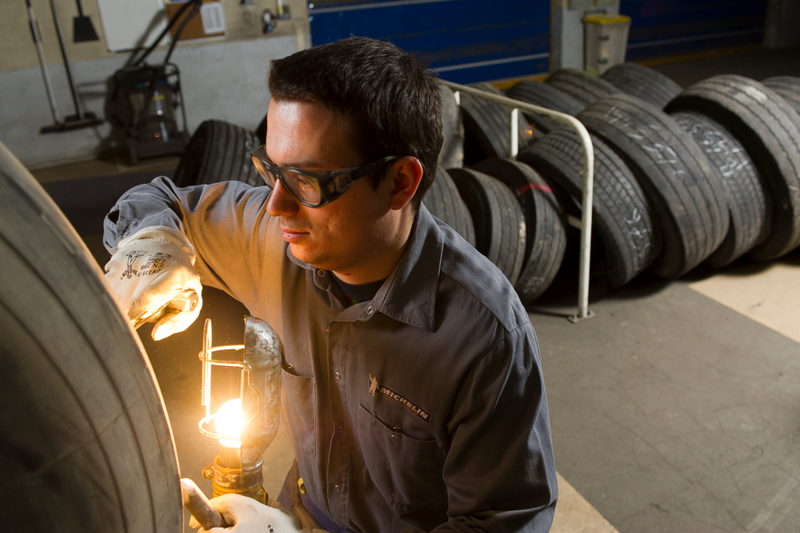
Euro 7 challenges
At the same time as boosting sustainability, Michelin’s in-house boffins are picking up the gauntlet thrown down by Euro 7. The new regulation will include emissions from tyres and brakes for the first time as well as from exhausts.
No need to panic, say the company’s senior executives. It has been reducing particle emissions from its products for many years, they point out, and they are confident that whatever challenges the new rules present can be met.
Those challenges are still a little distance away so far as truck tyres are concerned. Meeting this aspect of the Euro 7 regulations will not start becoming mandatory until April 2032.
A continued demand for premium tyres is vitally important to Michelin. Truck and van tyres, along with connectivity for commercial vehicle operators, account for 25% of its annual revenues.
Michelin has developed a variety of technologies calculated to improve the performance of its products.
They include Infinicoil, a continuous steel belt that can be up to 400m long intended to provide greater stability, improved endurance, higher mileages and increased fuel savings.
Also being deployed is Powercoil, a new generation of steel cords which Michelin contends are more robust and better-able to ward off corrosion, and should help the casing last longer.
Worth noting too is Regenion.
It describes the self-regenerating tread blocks Michelin employs which should deliver strong grip throughout a tyre’s lifetime – hence the lateral grip performance of X Multi Energy 2 and X Line Energy 3 referred to above.
It makes the tread more compact and more rigid says the company, thereby cutting fuel consumption and boosting mileage.
Emerging technologies
Michelin is using two other technologies to improve tread performance: Carbion and Silicion.
The former denotes a process which involves mixing certain tread components when liquid, creating a more uniform material which should increase tyre mileage and reduce rolling resistance.
The latter involves injecting a high content of silica into the tread rubber, again with the aim of cutting rolling resistance without affecting longevity.
Amidst all of these developments the importance of connectivity is not being ignored says Michel Vincentelli, senior vice president, connected solutions business line.
“Our customers are overwhelmed by data, so Michelin Connected Solutions has come up with algorithms that can help them identify and prioritise the things that matter,” he says.
By using Michelin’s system transport managers can for example can spot the drivers who burn too much fuel by driving too aggressively, and ensure they are retrained.
If the truck is battery-powered then Michelin Connected Solutions may soon be able to manage its charging cycle. “Thirty percent of new trucks sold in Europe will be electric by 2030,” Bonnechose predicts.
In response, Michelin is increasingly designing tyres with load ratings that will help them cope with the increased burden imposed by heavy battery packs.
Michelin Connected Solutions can watch over data from onboard tyre pressure monitoring systems and decide whether a fall in pressure can be safely addressed once the truck is back at the fleet’s premises, or whether instant action needs to be taken to avoid the vehicle lurching to a halt at the roadside with a flat tyre.
Both the fleet manager and the driver can be informed accordingly, and one of Michelin’s service providers can be alerted and respond if necessary.
“It’s an approach that can lead to up to 80% fewer tyre-elated breakdowns,” Vincentelli says,
Reacting promptly can lead to a 9% increase in tyre life, he suggests – and means that expensive tyres do not have to be scrapped prematurely.
By John Lewis

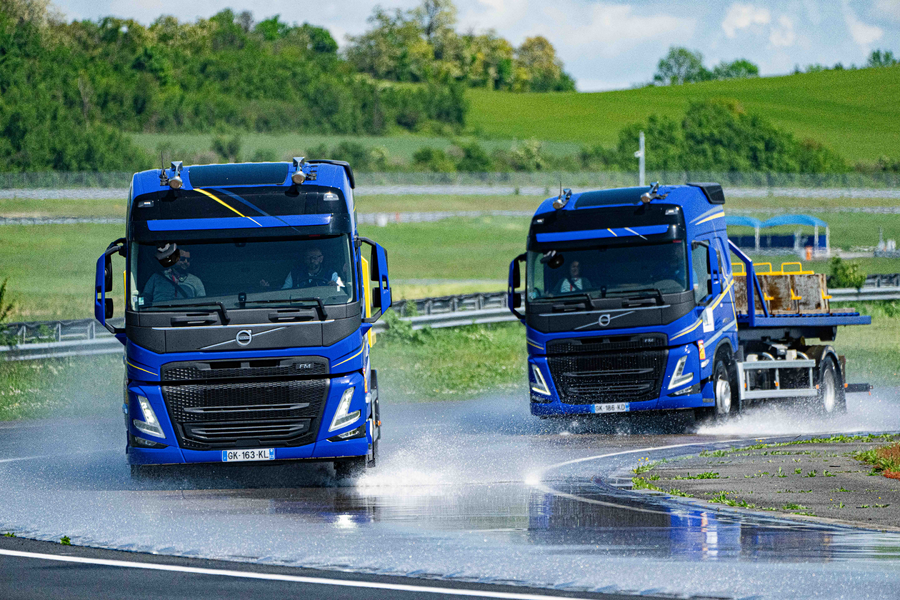


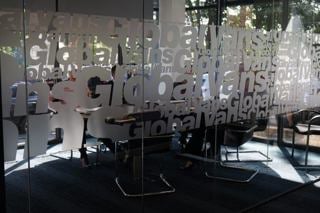
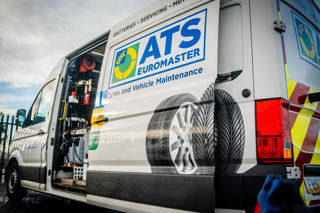

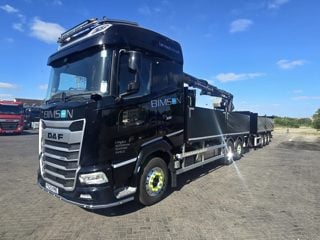


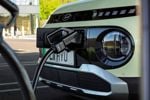





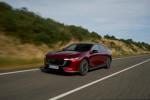


Login to comment
Comments
No comments have been made yet.